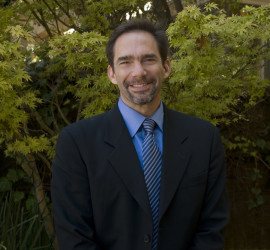MAKING TIME: Nora Alter
Don Delillo’s 2010 novelPoint Omega opens and closes with a lengthy meditation by a nameless character on Douglas Gordon’s 24-Hour Psycho, 1993. The first section plunges the reader into a detailed observation of Gordon’s video-sculpture as it was installed on the sixth floor of New York’s Museum of Modern Art in September 2006.
Continue to read…



